Kiteboarding is not just an exhilarating water sport; it’s a powerful full-body workout that combines adventure with athleticism. Powered by the wind, this sport demands coordination, strength, and agility, offering a thrilling experience every time you hit the water. Unlike traditional gym workouts, kiteboarding takes you outdoors, immersing you in nature while simultaneously challenging your body and mind. It activates multiple muscle groups, improves balance, and builds cardiovascular endurance—all through a dynamic and ever-changing environment. Whether you're skimming across calm waters or launching into the air from ocean waves, every session delivers a mix of intensity and excitement. This makes kiteboarding not only enjoyable but also highly effective for boosting physical fitness. Beyond just a sport, it's a lifestyle that promotes health, resilience, and a connection to the natural world. With every ride, you grow stronger, more skilled, and more in tune with both your body and the environment.
Physical Benefits of Kiteboarding
Kiteboarding provides a comprehensive workout that targets multiple muscle groups and enhances overall fitness. Here are some of the key physical benefits:
- Upper Body Strength: Maneuvering the kite requires significant effort from your arms, shoulders, and back, building muscular strength and endurance.
- Core Stability: Balancing on the board engages your core muscles, improving stability and overall core strength.
- Leg Power: Paddling and controlling the board work your leg muscles, particularly the quadriceps and calves.
- Cardiovascular Endurance: The continuous movement and effort involved in kiteboarding elevate your heart rate, enhancing your cardiovascular health.
Kiteboarding sessions are dynamic and varied, preventing the monotony that often accompanies traditional workouts. This variety not only makes exercise more enjoyable but also ensures that different muscle groups engage, promoting balanced muscle development.
Essential Equipment for Kiteboarding
Getting started with kiteboarding requires some essential gear to ensure safety and optimal performance. Here's what you'll need:
- Kite: The primary tool that harnesses wind power. Kites come in various sizes and types, each suited for different wind conditions and skill levels.
- Control Bar and Lines: These allow you to steer and control the kite. The length and strength of the lines affect the kite's responsiveness.
- Harness: Worn around your waist or hips, the harness connects you to the control bar, reducing fatigue by transferring kite force away from your arms.
- Board: The board is where you stand or strap in. Different boards cater to various styles, such as freestyle, wave riding, or racing.
- Safety Gear: A helmet, impact vest, and sometimes a wetsuit are essential for protecting yourself during rides and in different water temperatures.
Investing in quality equipment and understanding how each piece functions is crucial for a safe and enjoyable kiteboarding experience. Many enthusiasts also customize their gear to match their specific riding style and preferences.
Mastering Kiteboarding Techniques
Kiteboarding combines elements of surfing, windsurfing, and paragliding, requiring a set of specialized techniques to master. Here are some fundamental skills to develop:
- Kite Control: Learning how to steer, power pull, and depower the kite is essential. Proper kite control allows for smooth transitions and effective maneuvering.
- Body Positioning: Maintaining the correct stance on the board ensures balance and responsiveness. This involves positioning your feet correctly and keeping your body aligned with the board.
- Water Starts: Mastering the water start technique enables you to transition from kneeling to standing position efficiently, a critical skill for initiating movement.
- Edge Control: Controlling the board's edge involves using your legs and core to steer and carve through the water, enhancing speed and agility.
- Jumping and Tricks: Advanced techniques like jumping, grabs, and spins add excitement and challenge to your sessions, pushing your physical limits further.
Consistent practice and possibly professional instruction can significantly improve your kiteboarding skills. As you become more adept, you'll notice not only enhanced performance on the water but also increased physical fitness and coordination.
Mental Health Advantages of Kiteboarding
Kiteboarding isn't just beneficial for your body; it also offers significant mental health advantages. Engaging in this sport can lead to:
- Stress Relief: The rhythmic motion of the water and the focus required for kite control can be meditative, helping to reduce stress levels.
- Sense of Freedom: Being out on the water, away from daily pressures, creates a feeling of liberation and escape.
- Boosted Confidence: Mastering new skills and overcoming challenges on the water can enhance self-esteem and confidence.
- Improved Focus: Kiteboarding requires concentration and quick decision-making, which can sharpen your mental focus.
- Connection with Nature: Spending time outdoors and interacting with natural elements deepens your appreciation for the environment.
These mental health benefits contribute to overall well-being, making kiteboarding a holistic fitness activity that nurtures both body and mind.
Environmental Impact and Sustainability
Kiteboarding stands out as an environmentally friendly sport, primarily because it relies on wind power, a renewable energy source. Unlike motorized water sports, kiteboarding produces no emissions, making it a sustainable fitness practice. By embracing wind power, kiteboarders minimize their ecological footprint while enjoying the thrill of the sport.
The equipment used in kiteboarding is often designed for longevity and minimal environmental impact. For instance, kites made from durable materials and boards crafted from eco-friendly composites contribute to the sport's sustainability. Engaging in kiteboarding promotes Intentional Fitness Practices that prioritize environmental responsibility alongside personal health.
Kiteboarding also encourages a closer relationship with nature. Enthusiasts become more aware of weather patterns, marine ecosystems, and the importance of preserving natural habitats. This heightened environmental consciousness often leads to advocacy for cleaner oceans and more sustainable coastal practices, further reinforcing the sport's positive impact on the environment.
Kiteboarding blends fitness and fun in a way few activities can. It’s an adventurous path to a stronger, more energized you.
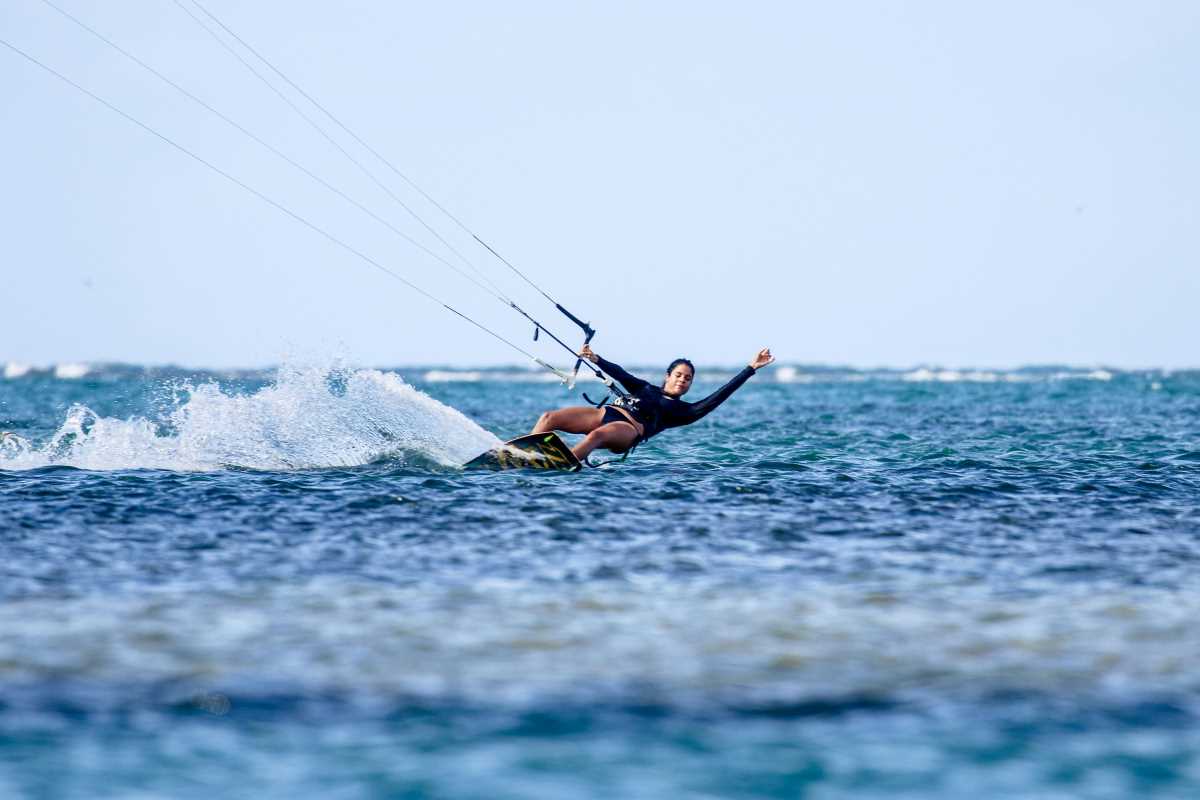 (Image via
(Image via
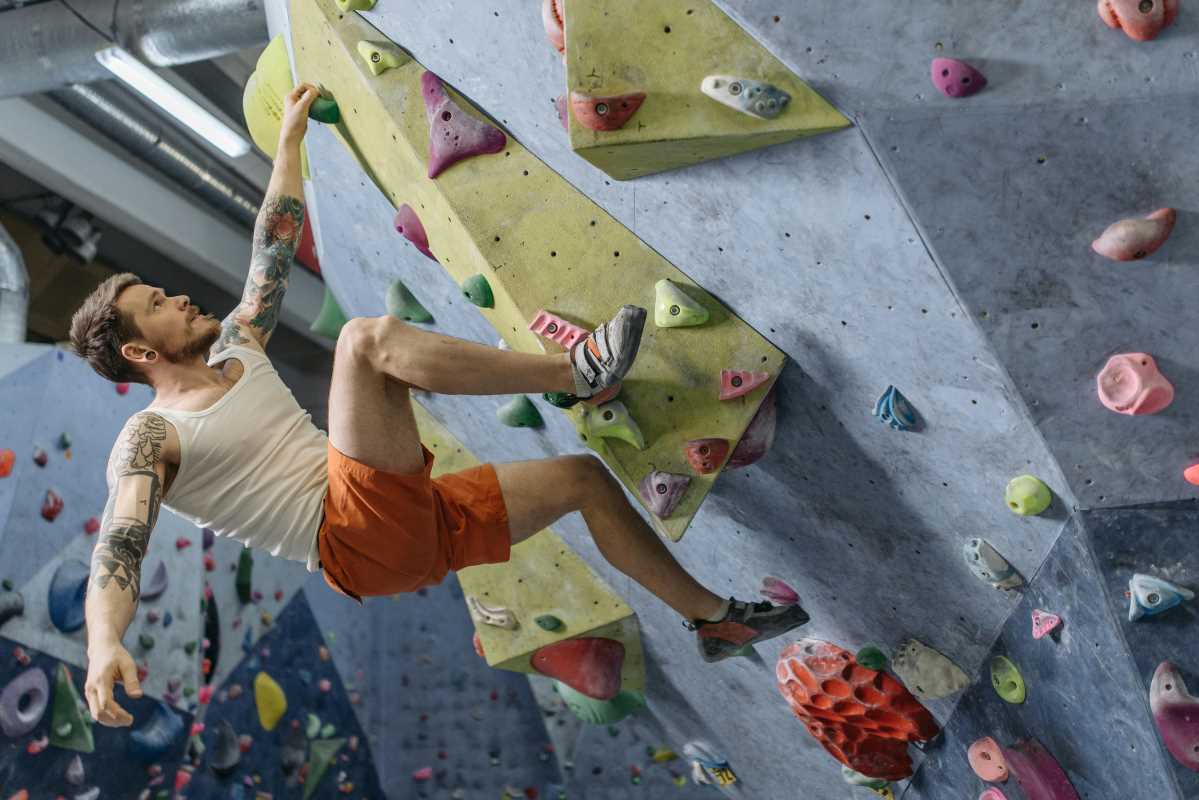
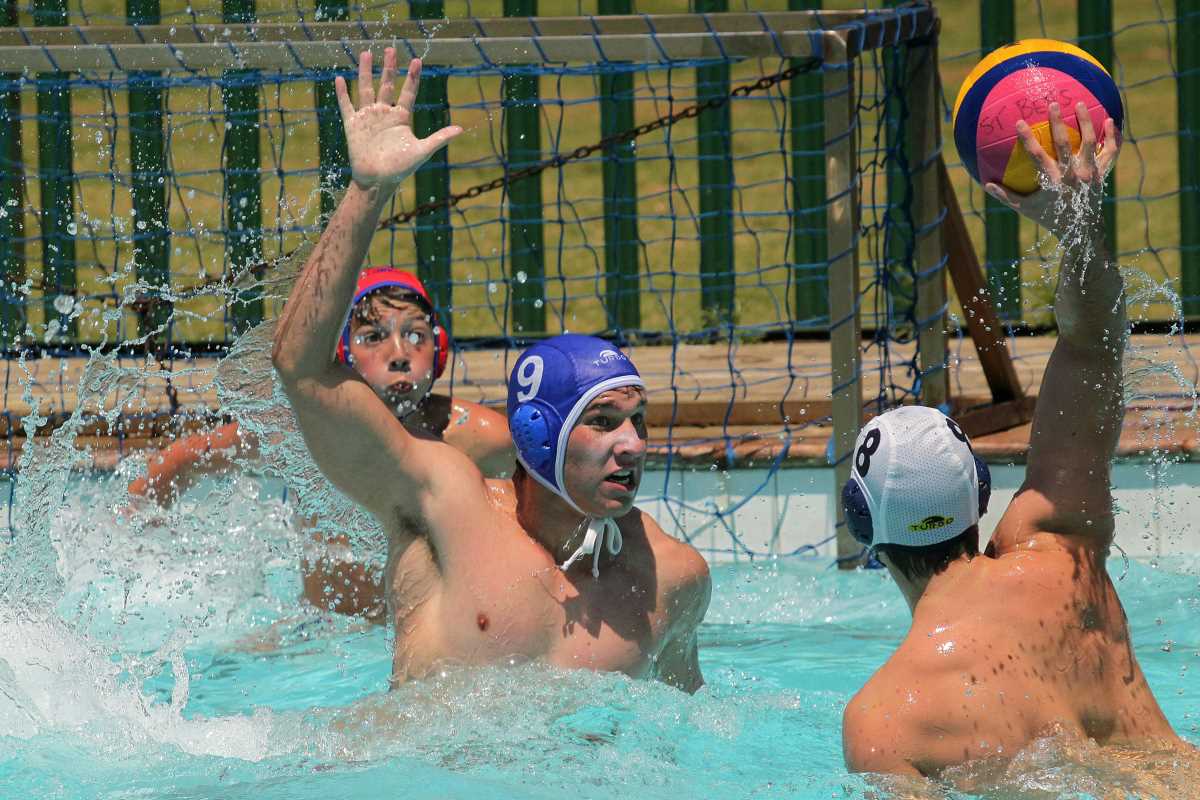

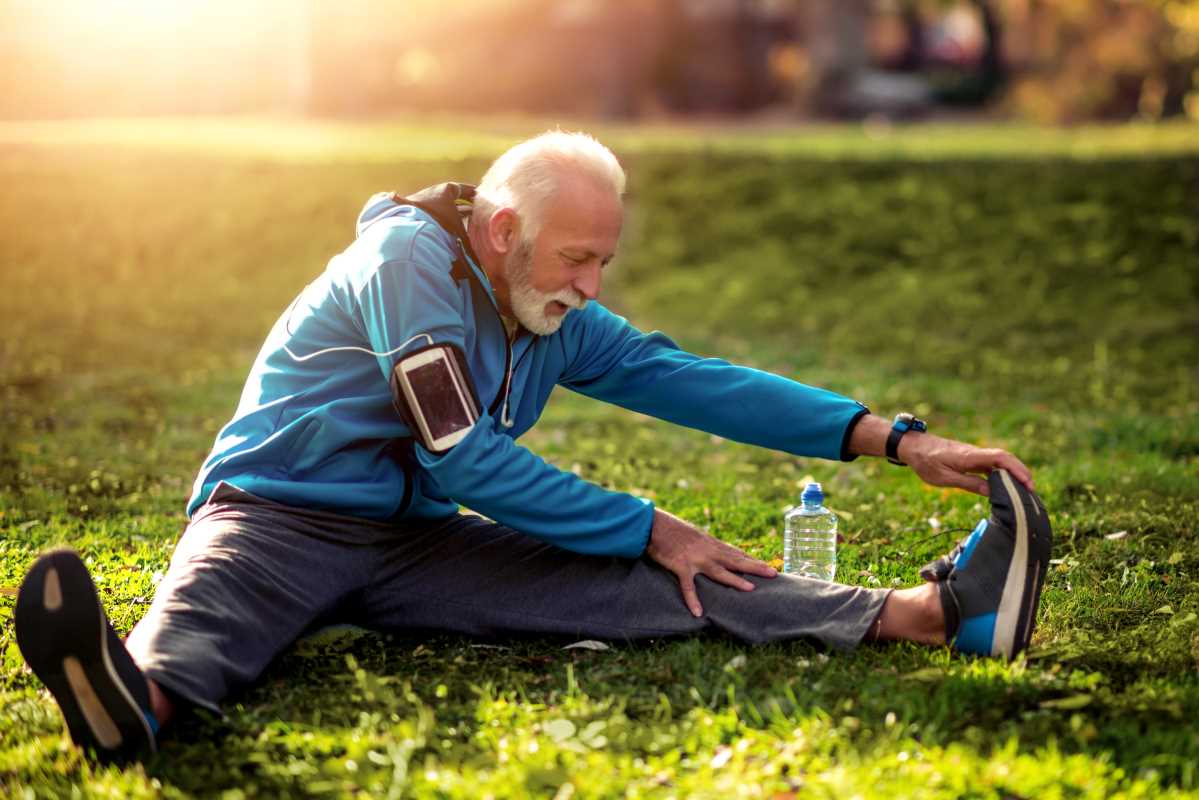
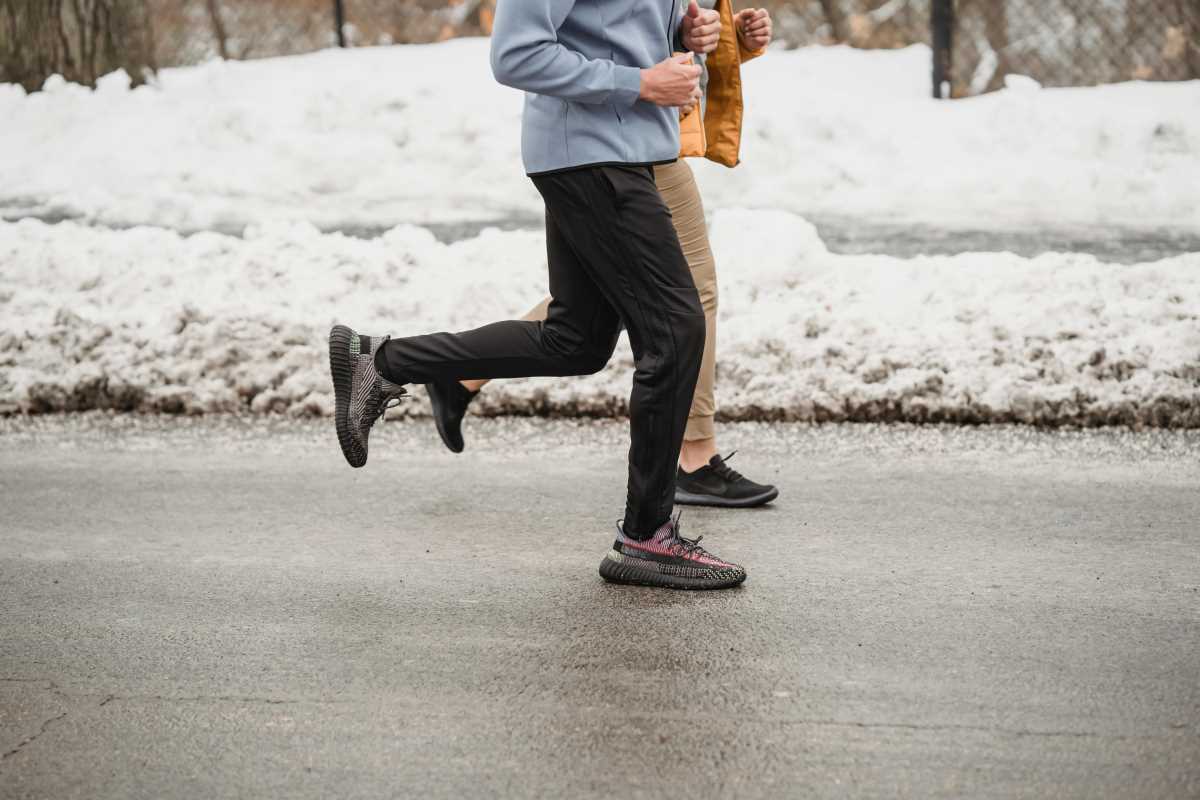
.jpg)